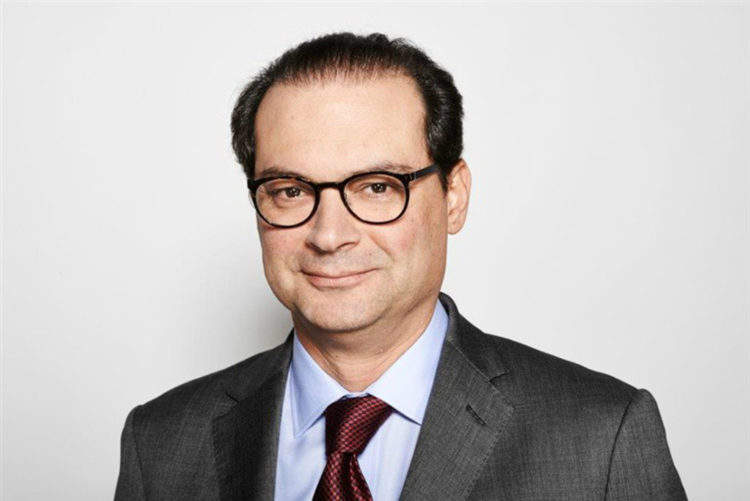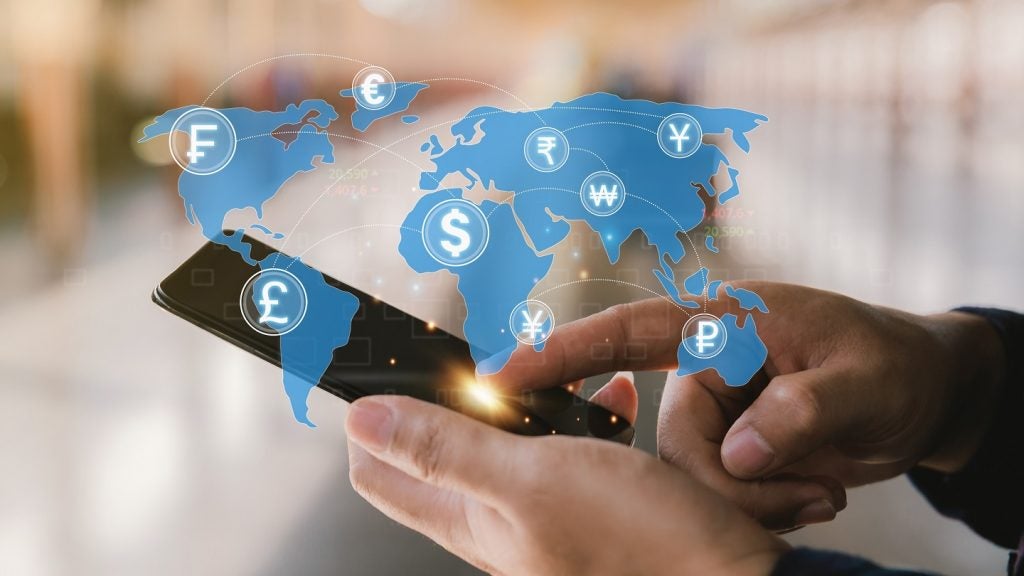
Banco BNI Europa has extended its investment in P2P invoice finance platform MarketInvoice by £45m a year. Brian Cantwell spoke to executive chair Pedro Coelho about this route to the invoice finance market.
Does the bank see P2P as a serious disruptor for the invoice finance market?
I believe we can be considered as one of many types of institutional investor which finance these types of platform.
As you know, these types of peer-to-peer lending markets started as a service between peers but as the market evolved and matured, you see more and more institutional investment interest. That I think is just a normal trend, depending on the maturity of the platform and the quality of the teams, and also on the maturity of the organisations to accept this new asset class.
This is an asset class which we are familiar with because we know what credit risk is, we know what factoring or invoice discounting, or SME lending is, so we look at those teams and platforms and we see if they actually follow the same type of criteria and profits that they would incidentally follow if they were inside our bank.
Do you have exposure to asset finance and leasing in your balance sheet already?
We have exposure to different types of lending, not only invoice discounting. We have invoice discounting with MarketInvoice, and we have platforms. Obviously in the case of MarketInvoice, being the largest in Europe, the commitment is much larger; but we also have commitments with other platforms, with other types of credit, like real estate lending, SMEs, and consumer lending, which provide us with blended return and deals, and a desirable certification, not only in geographical terms but also in terms of types of client and segment.
How well do you really know your competitors?
Access the most comprehensive Company Profiles on the market, powered by GlobalData. Save hours of research. Gain competitive edge.

Thank you!
Your download email will arrive shortly
Not ready to buy yet? Download a free sample
We are confident about the unique quality of our Company Profiles. However, we want you to make the most beneficial decision for your business, so we offer a free sample that you can download by submitting the below form
By GlobalDataSo is the P2P model becoming more stable?
Yes, I believe that like elsewhere in the industry there will be winners and losers at the end. Obviously we try to come up with what will be the winners in the future. There are two advanced markets for P2P: China and the US. And there you already see problems of winners becoming stronger, who are consolidators, and the losers going bankrupt, what we see there will be a continuation during the proliferation of these platforms.
Some of them probably choose to specialise, some of them are trying to proliferate across different types of credit as well, which is a new trend for instance in the US.
Is this your only P2P investment, and are you considering more?
We have a long-established relationship with MarketInvoice; we have disclosed our commitment and have increased our commitment, because our relationship is moved forward and has been strengthened. But during this process in the last year and a half we have been actively looking for different kinds of partnership, and we have commitments with other platforms as well, across Europe.
Is it a good way for banks without an asset finance or P2P legacy to gain exposure?
That’s correct. Particularly for a bank like ours, as an online bank growing its balance sheet, it is a good way to diversify very quickly away from the typical geographical or segment risk. If I did not have this option I would probably be 100% exposed to the Portuguese economy, so it might be good one day and perhaps not the next day, you never know!
I would say that it gives more comfort to us, because we think it means better diversification. We have lower risk on our balance sheet, and this has also allowed us, as we have said, to quickly move up in terms of the size of balance sheet and establish relationships that produce other types of commitment. You never know in the future. We also look at fintech as a way to partner to advance in tech terms.
Do you think more European online banks will seek greater exposure to asset finance?
I see a trend in the challenger banks. The UK has probably been at the forefront of this in Europe, certainly with the number of licences that the Bank of England has approved.
I do believe that some of them will have a sustainable model; others may have more difficulties because I do not think just an app will create value. A bank is not Facebook; it is not by having a large number of users that you are going to attract more investors. You have to have a business model associated with a bank, by having that licence.
We see that the winners are neither the purest fintechs or the traditional banks.
Ultimately in 10 years, or sooner, you will see a merging of interests – fintechs with banking licences or banks using fintechs to advance more quickly in the market. Whether this is from a transactional point of view, whether it’s having access to clients that they would not have otherwise, or to quickly adopt technology that would take much longer to develop, that’s how I see it.
Banks that do not have legacy currently have an advantage over the ones that do. They can selectively partner and grow at a quicker rate, than they otherwise would in the traditional model.
Are fintech banks getting the P2P model?
I think banks have different objectives. Some banks, like HSBC, JPMorgan, and ING may take an equity stake in the platform, initially to see how it sits with them, and probably create trust about the model internally. They need to access it from outside, because they cannot create a model like this internally. Once they have experienced it maybe eventually that can integrate them into the bank in the future.
It is very difficult to continue the traditional way of banking. There are challenger banks: for them it is more a clean way of quickly giving clients access to assets that they wouldn’t have, to have the diversification that we just mentioned. It is all about diversification and access to clients that we otherwise would not have. But we probably would not want to integrate MarketInvoice because it’s an attractive business to me, but maybe other banks would in the future as the platforms try to become quite large.
What level of allocation do you have on the balance sheet for P2P?
I can tell you indirectly that we try to follow the growth of the platform. According to their growth, we would like to commit a certain percentage of the production or origination from the platform. Assuming the platform has a good historical performance already, then we would like to have a percentage of that future origination, that is the way we look at it. For smaller platforms we have a smaller allocation, and for larger ones we have a large allocation.







